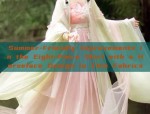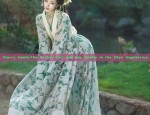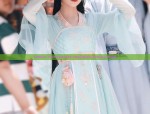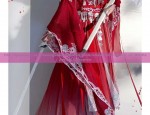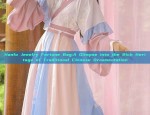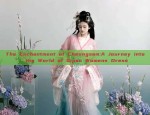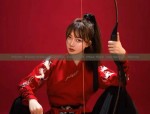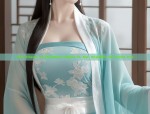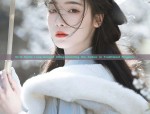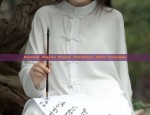The Art of Ancient Chinese Hair Buns:A Journey Through Time
In the realm of ancient China, the art of hair styling was not just a means of personal expression but also a reflection of culture, status, and traditions. Among the various hairstyles, the hair bun, or ‘发髻’ in Chinese, was a particularly significant form that persisted for centuries. This article delves into the history and significance of ancient Chinese hair buns.
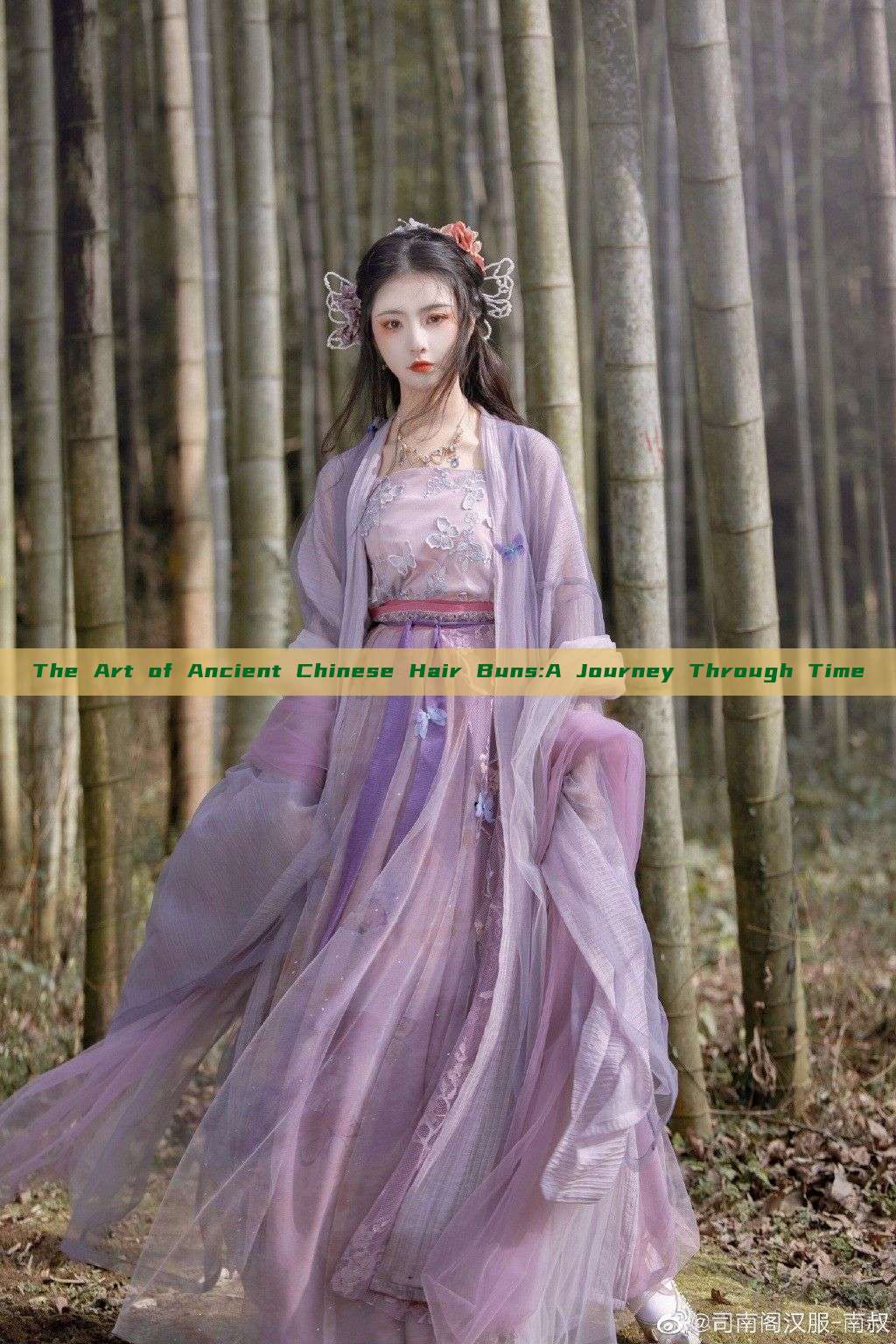
The origins of hair buns can be traced back to the Zhou Dynasty (approximately 1046-256 BC), where they were initially worn by men as a practical means of keeping their hair out of their faces during labor or combat. However, over time, hair buns became increasingly stylized and were adopted by women as well. They not only served as a means of personal adornment but also symbolized the wearer’s social status and marital status.
During the Han Dynasty (206 BC – 220 AD), hair buns were worn by both genders in various shapes and sizes. Men’s hair buns were typically smaller and simpler, while women’s were larger and more elaborate, often adorned with jewelry and flowers. The style of the hair bun also reflected the wearer’s personality and mood, with different shapes and positions indicating different emotions and social roles.
As the centuries progressed, hair buns underwent numerous transformations and variations. During the Tang Dynasty (618-907 AD), for instance, hair buns became even more elaborate, with intricate patterns and designs. The Song Dynasty (960-1279 AD) saw a shift towards simpler styles, reflecting a more practical and less extravagant societal trend.
The art of making hair buns was also closely linked to the development of hair care products and techniques. Hair was often washed and conditioned with natural herbs and oils to ensure its health and shine. Combs and brushes made of wood, ivory, or jade were used to style the hair into buns. These tools not only helped create the desired hairstyle but also served as symbols of status and wealth.
In addition to being a form of personal expression, hair buns also played a significant role in ancient Chinese culture and traditions. Different hairstyles and the way hair buns were worn often symbolized specific events or phases in life, such as marriage, death, or coming of age. In some cases, hair buns were even used as a means of identification, with specific styles indicating the wearer’s rank or position in society.
As time passed, the practice of wearing hair buns gradually declined with the advent of new hairstyles and trends. However, they continue to hold a special place in the hearts of many as a symbol of China’s rich cultural heritage. Even today, traditional hair bun styles are often featured in period dramas, historical events, and festivals, reminding us of the beauty and significance of this ancient hairstyle.
In conclusion, hair buns were not just a simple means of keeping hair out of the face but a reflection of ancient Chinese culture, traditions, and societal norms. They served as a medium for personal expression, identification, and social status, undergoing numerous transformations throughout history. The art of making hair buns is not just a reflection of beauty but also a testament to the rich cultural heritage of China.

 Previous Post
Previous Post

